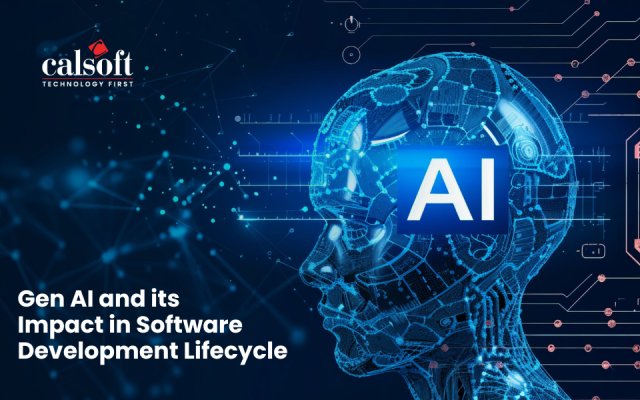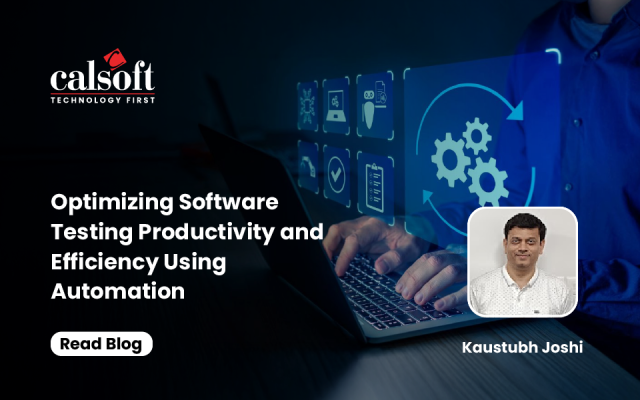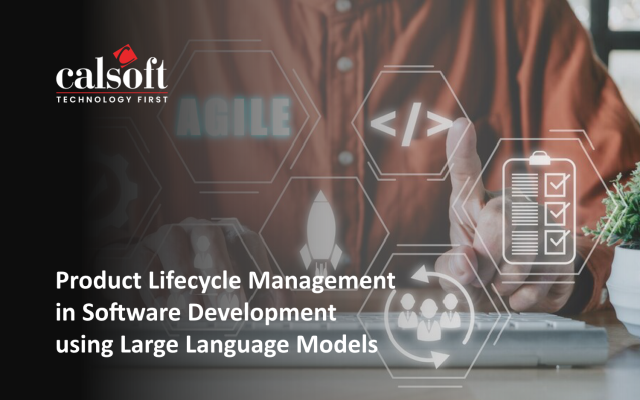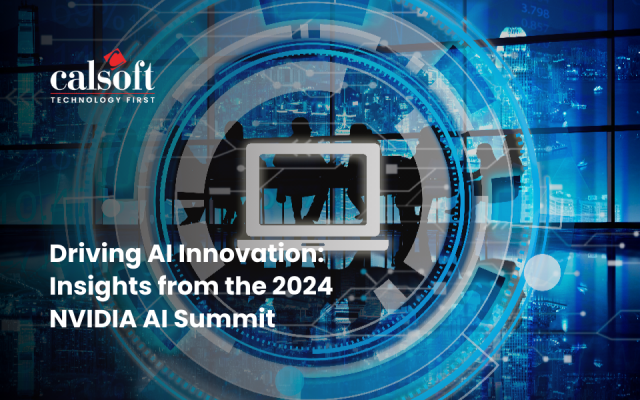The software development industry sure has changed. We used “waterfall” to build software products in a phased, sequential manner. Then the Software Development Life Cycle started becoming less relevant. From Agile and DevOps to automated testing, and mobile and cloud technology –disruption hit the software development process. New methods made it more efficient, less error-prone, fast, and cost-effective. As we look forward, maybe something very exciting lies ahead of us. Beyond mobile and cloud, something that can forever change the way software products are developed – Artificial Intelligence.
AI use-cases exist across industries. However, in software development, AI is like a double-edged sword: while AI can boost the efficiency of the software development process, it can also introduce a whole new set of challenges. This is my attempt to understand how AI can help build better software products, and the challenges it brings.
The benefits of AI in software development
Using AI in the software development process is not just about adding cool AI features into your products; it’s about embedding AI into the process of developing software and creating entirely new, intelligent experiences. Here’s how AI could help us build better software products:
- More efficient code: One of the biggest benefits of AI is the efficiency of code. This could positively impact the programming effort and the volume of code that has to be maintained. Neural networks can be trained to create new programs by combining existing modules and the training received – without requiring code to be rewritten by humans. While products that are built this way are simple, what’s more significant is that a single neural network can learn to perform different tasks, each of which would have normally required a separate program.
- More feedback loops: Software products built using AI algorithms get better at anticipating future actions, based on the training they receive over time. Once AI is embedded into a product, there will be an ongoing improvement in performance through continuous learning. As more and more people use the product, the data that the AI model has at its disposal to optimize itself increases, resulting in a self-fulfilling cycle of improvement. As the feedback system gets more frequent, the products will learn more, and get smarter, faster.
- Better failure management: Software products have bugs! And this won’t change. However, what I do believe is that products built with AI will be able to proactively look for vulnerabilities and gracefully handle low-performance scenarios or failures. AI models can carry out real-time error detection, and while they might not necessarily fix the code or promise to discover every problem, they can easily spot dangerous code, and alert developers working on a large codebase to look for similar issues.
- Better infrastructure management: Ops is now a part of development, thanks for DevOps. And in that context, AI is also known to outperform traditional infrastructure management methods. It can learn to predict where data is stored, or if that data exists, and enable quicker response to issues such as low memory. AI can also be used to detect and prevent outages, and tune databases for performance – without having to set hundreds of different configuration parameters correctly.
The challenges it brings
Every new technological advancement brings its own set of challenges, and this is true for AI as well. These range from technical difficulties for developers to ethical and moral dilemmas, and (maybe) threats to our very existence. Here are some challenges of embedding AI in the software development process:
- Ensuring training data quality is not easy: For developers assuming AI to be a magic wand, here is a reality check: AI algorithms will do exactly what they are told to do. If the right data is not fed into the AI algorithm, bugs will continue to exist – not because of a problem with the AI model, but because of human error or bias or misjudgment. Unless AI algorithms are fed with data that is relevant, free of bias, and contextual, it will make software development harder, not easier.
- Boosting developer morale is all the more difficult: I believe that as technology advances, it greatly affects the morale of developers. Some new tools and frameworks emerge, and the old way of software development often crumbles. The speed and scale of intelligent automation across coding, testing, and maintenance are already impacting developer morale. That makes embracing AI a big challenge. The fear that AI will result in lost jobs and shattered morale is real and must be addressed. The situation is further complicated when AI models have access to so much information and use it to make software development decisions that were once made by humans.
- Moving beyond AI’s limited scope is a challenge: Sometimes I think that there’s something unsettling about machines that can think and act intelligently. But it’s also easy to overestimate their capabilities. When an intelligent system can automate one process instantly and flawlessly, developers assume it should be able to automate every other process as well. However, most AI algorithms of today have an extremely limited scope. While handling more of the decision-making power to AI machines, one needs to be acutely aware of their limitations.
- Special architecture is needed: While AI can accelerate the software development process in many ways, it also requires the development of special architecture. Although a dedicated architecture can make it easy to develop and deploy AI algorithms, introducing new components and concepts into software development is always difficult. A considerable amount of time, effort, and money needs to be invested in developing the application infrastructure that wraps around every existing and upcoming AI algorithm.
Envisioning the future
Most new technologies come with their fair share of hype, and AI is no exception. Clearly, AI has the capability to change software development in significant ways. It can enable better infrastructure and failure management, introduce more feedback loops and make code more efficient. But it is also true that the path to embracing AI is laden with challenges. Challenges that revolve around ensuring training data quality, boosting developer morale, moving beyond AI’s limited scope, and the need for special AI architecture. So, whether you are an industry giant or an emerging startup, I believe software development will continue to be about manual processes for a while; until we are able to overcome the challenges, a fully AI-driven software development process is a significant way down the road.






